Mining activities contribute to poverty reduction but to a limited extent
In recent years, many policies have been issued to minimize the impact of mineral exploitation activities on the environment, however, this activity still has impacts on the landscape and environmental morphology; accumulation or dispersion of waste; affecting water use due to water pollution...
From there, it is possible to break the ecological conditions formed over tens of millions of years such as limestone and cement mining in Ha Nam, Ninh Binh..., small-scale, manual gold mining taking place in many places but typically in Quang Nam, Quang Ngai, Kon Tum, Lai Chau, Lao Cai..., construction material mining, sand mining in riverbeds taking place complicatedly throughout the country causing riverbank erosion, collapsing houses. Those activities directly and indirectly cause subsidence of residential and farming land of people in Nghe An, Bac Can, Lao Cai.
In the process of exploiting a large amount of waste soil and wastewater from the reservoir, risks such as spillway collapse, landslides, waste soil filling forests, farmland and threatening people's lives such as coal mining, copper mining, iron mining in Quang Ninh, Lao Cai, Yen Bai; or the process of transporting ore and waste soil by large trucks causes local infrastructure to be damaged more than the value contributed from mining. These causes partly hinder the work of hunger eradication and poverty reduction in the locality, because the majority of people living near the mine have difficult economic conditions.
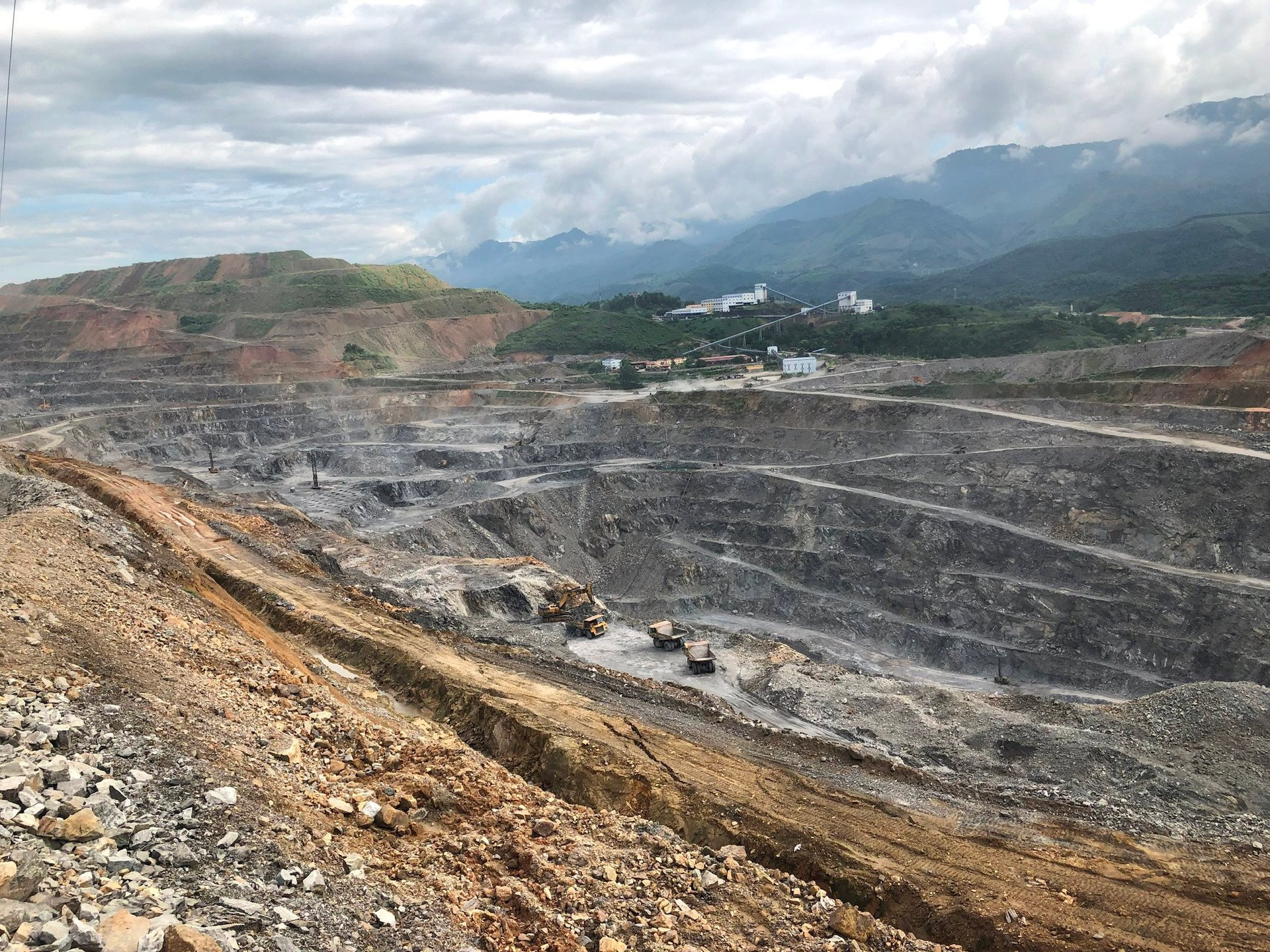
Compared to countries and regions with modern mining industries such as Australia, Europe..., in Vietnam, in addition to environmental commitments, social security projects for the community living around the mine are of great concern, especially creating jobs and improving the cultural life of the people through specific annual actions.
Mineral exploitation and processing activities in localities have created jobs and stable incomes for tens of thousands of direct and indirect workers. In addition, land recovery and compensation in mineral exploitation projects must be implemented in accordance with the provisions of the Land Law and the implementation of the commitment of enterprises to local authorities is a very important condition for people to have the right to use land, where there are minerals, to feel satisfied when handing over and also to ensure their lives in the long term. However, according to reports from 63 provinces/cities in the period 2012 - 2020, mineral organizations have only supported people with more than 126 billion VND, this is a very small and modest number.
Proposing policies to protect the rights of compatriots
According to Associate Professor, Dr. Doan Hong Nhung, University of Law - Hanoi National University, not only do mineral exploitation projects provide financial support to people in areas where minerals are exploited at a limited level, they also have a major impact on the environment and people's health. She said that the noise from machinery, transport vehicles, mine explosions, etc. brings along dust, noise pollution, air pollution, cracks, breaks, and damages infrastructure, roads, houses, and landslides. "Worryingly, dust and smoke can stick to the lungs of workers and people living and working in quarries and ore mines," Associate Professor, Dr. Doan Hong Nhung emphasized.
To address these impacts, Associate Professor, Dr. Doan Hong Nhung said that it is necessary to strengthen the role of environmental police, protect the living environment elements for ethnic minorities; at the same time, it is necessary to pay attention to the issue of correctly and fully calculating material, mental, health losses, and damages caused by production stoppage to compensate and support the people and people living in the area affected by environmental impacts during mining; as well as pay attention to forest protection and forest core protection.
Furthermore, the authorities need to handle issues related to environmental pollution, environmental degradation, environmental incidents, and administrative sanctions for environmental violations during the implementation of mining projects; mining units need to pay attention to land reclamation, afforestation, regeneration and protection of upstream forests, protection of water resources, protection of the lives of wild animals and rare forest plants, and protection of biodiversity.
Associate Professor, Dr. Doan Hong Nhung also proposed consulting the community every 3-5 years to promptly adjust the mineral resource exploitation plan; implement environmental protection commitments, environmental impact assessment (EIA) reports, and strategic environmental assessments in accordance with the local socio-economic development strategy. She also said that the development and completion of the Land Law, Environmental Protection Law, Geology and Minerals Law, and Forestry Law in 2017 must ensure space for cultural conservation, natural heritage, and protection of the spiritual heritage of ethnic minorities...
According to her, the Drafting Committee for the Law on Geology and Minerals needs to add content on social costs and peripheral costs in the Articles and clauses related to the interests of localities and people where minerals are exploited... This will contribute to protecting the rights of ethnic minorities, preserving culture and ensuring sustainable livelihoods for them.
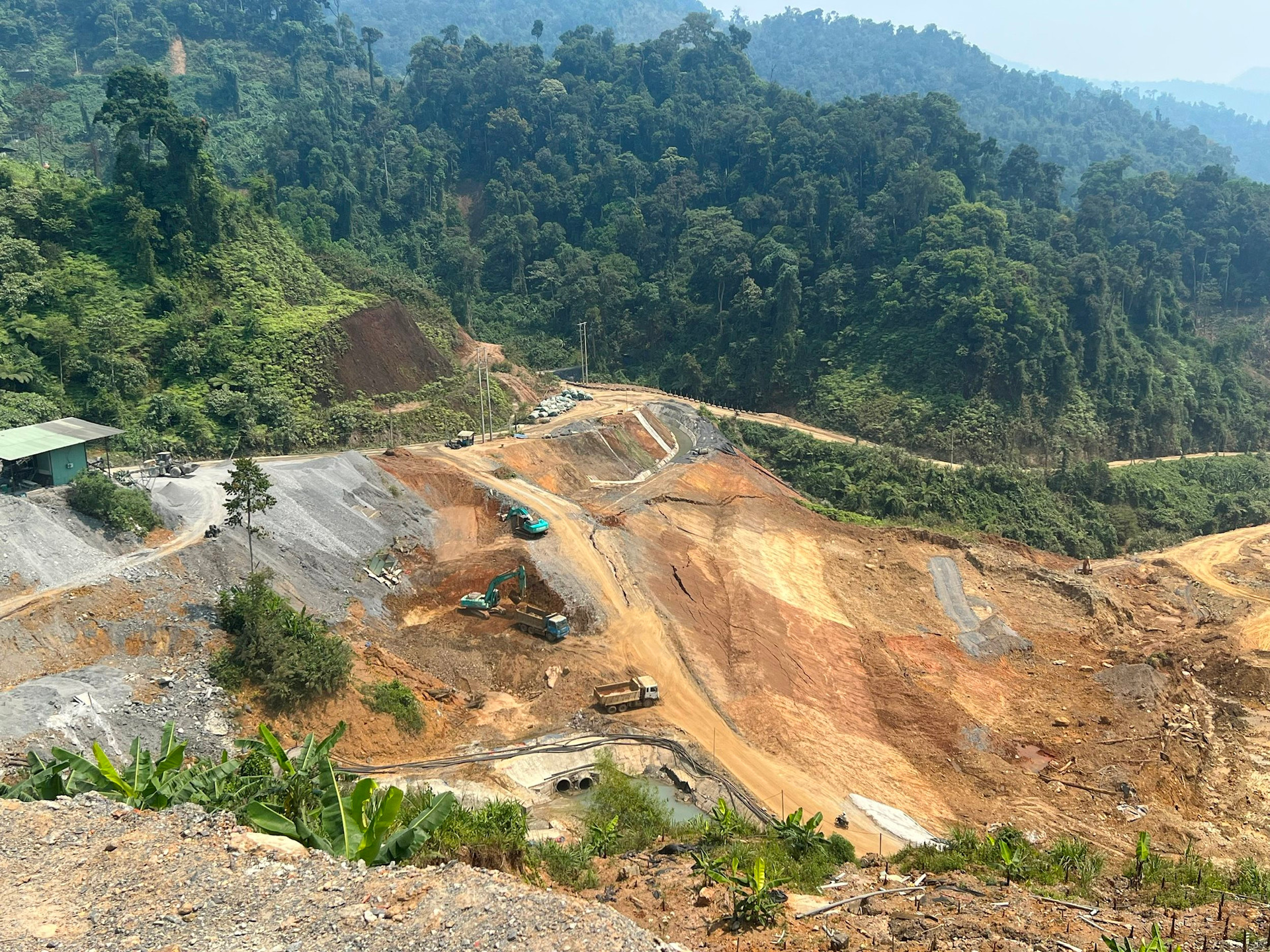
Ms. Doan Hong Nhung also proposed using financial tools, imposing environmental taxes, environmental fees and enforcing the law to protect the rights of ethnic minorities, linking mineral and resource exploitation with economic development, national security and defense, protecting national sovereignty to create a foundation for developing a circular economy, green economy, green growth and sustainable development; implementing and organizing well the implementation of Articles 15 and 16 (local and people's rights where minerals are exploited) of Decree No. 158/2016/ND-CP of the Government detailing the implementation of a number of articles of the Law on Minerals...
In addition, the regulation of mining hours from 7:00 a.m. to 7:00 p.m. will help management agencies detect violations of the law in mineral exploitation.
Associate Professor, Dr. Doan Hong Nhung believes that protecting the land use rights of ethnic minorities means protecting the rights of land users in general, thereby protecting social order and safety, and preserving traditional culture which has profound significance in the current situation. Exploiting and using the benefits obtained from land is a necessary and sufficient premise to protect national sovereignty and social order and safety. When drafting laws on environmental protection, water resources protection, and land users' rights, the land law will shoulder the responsibility of preserving and developing land funds for all regions of the country.
Therefore, the promulgated legal regulations need to have transitional provisions to previous legal regulations and be consistent with good customs and understanding levels. According to Ms. Doan Hong Nhung, it is necessary to conduct community consultations to promptly adjust and assess the strategic environment; it is necessary to protect other sacred forests, ghost forests, living spaces and cultural conservation spaces, natural heritage conservation, etc. Legal regulations must be foreseen, predicted, and forecast possible situations to increase social added value, increase ecological and environmental values towards sustainable development and green growth.
Source





![[Photo] Prime Minister Pham Minh Chinh works with the Standing Committee of Thai Binh Provincial Party Committee](https://vphoto.vietnam.vn/thumb/1200x675/vietnam/resource/IMAGE/2025/5/12/f514ab990c544e05a446f77bba59c7d1)
![[Photo] Prime Minister Pham Minh Chinh receives Swedish Minister of International Development Cooperation and Foreign Trade](https://vphoto.vietnam.vn/thumb/1200x675/vietnam/resource/IMAGE/2025/5/12/ae50d0bb57584fd1bbe1cd77d9ad6d97)
![[Photo] Prime Minister Pham Minh Chinh starts construction of vital highway through Thai Binh and Nam Dinh](https://vphoto.vietnam.vn/thumb/1200x675/vietnam/resource/IMAGE/2025/5/12/52d98584ccea4c8dbf7c7f7484433af5)
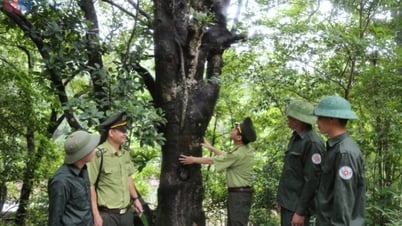

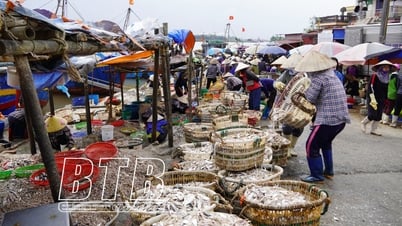


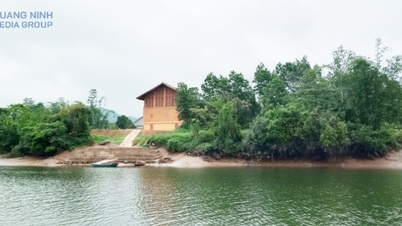



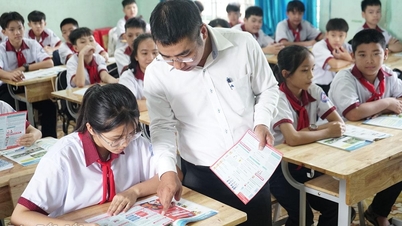
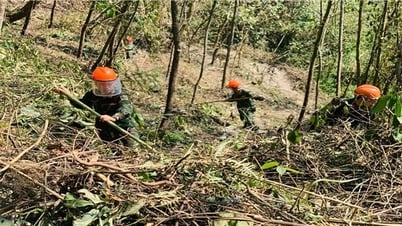
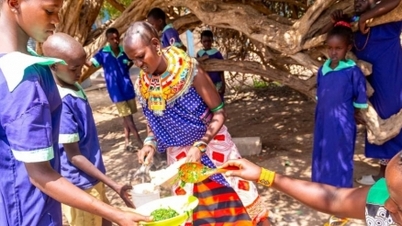
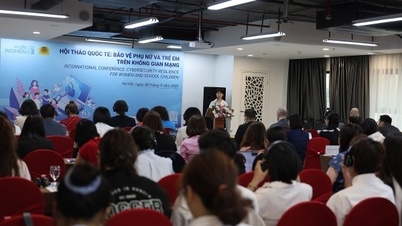




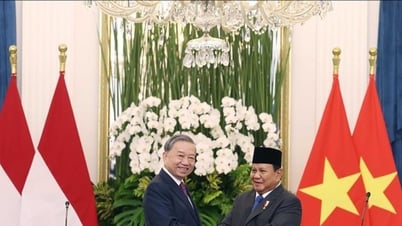
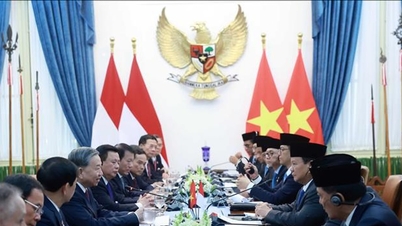

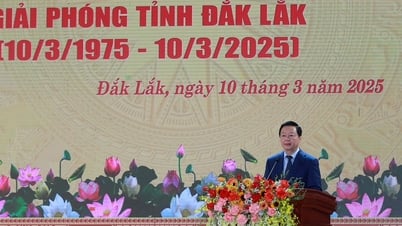
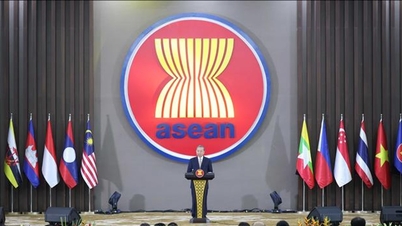

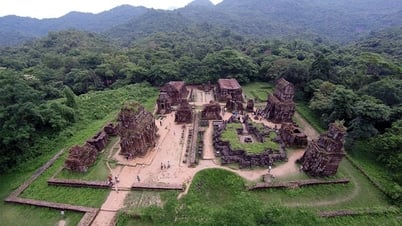



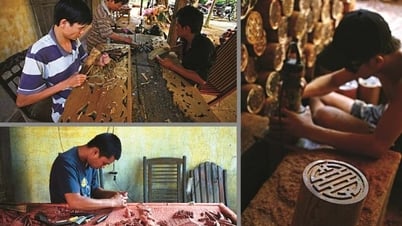

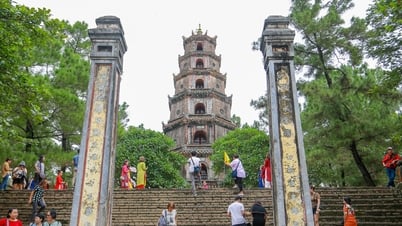

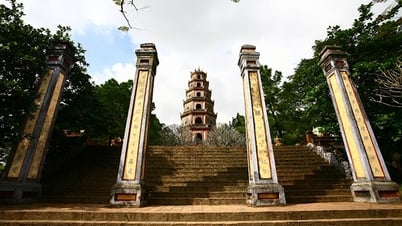

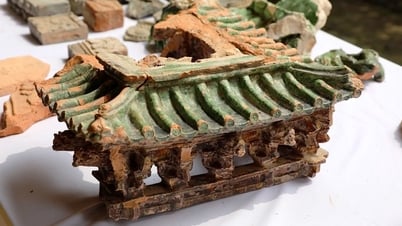





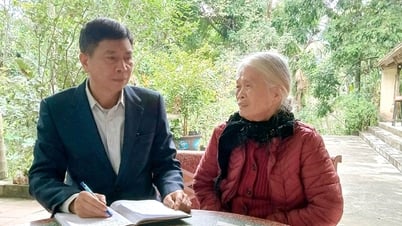

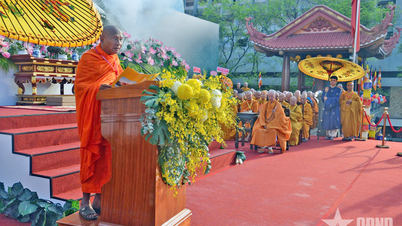
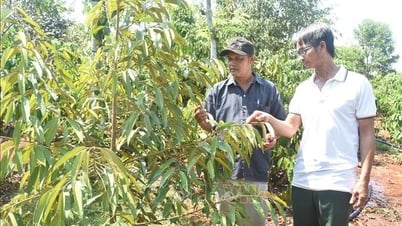

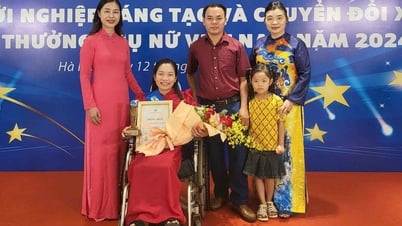







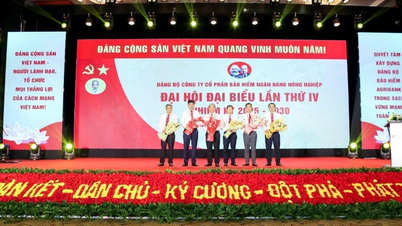

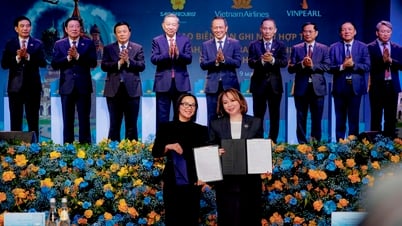
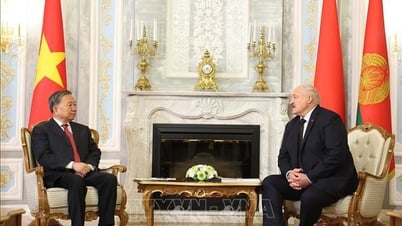
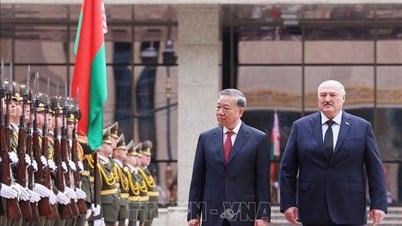
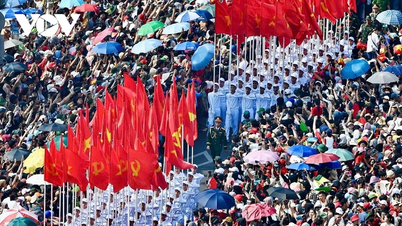

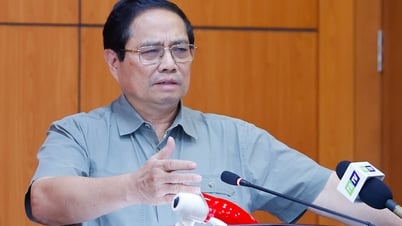

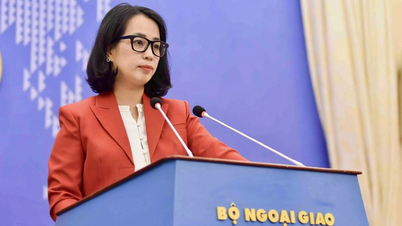


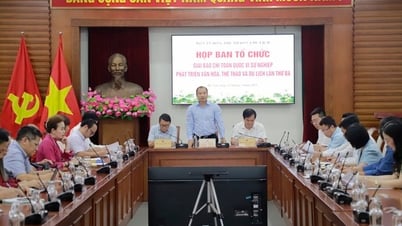

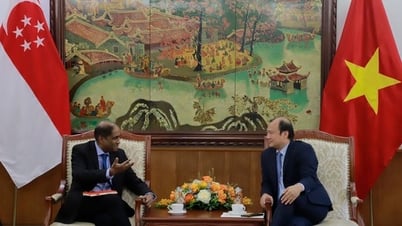

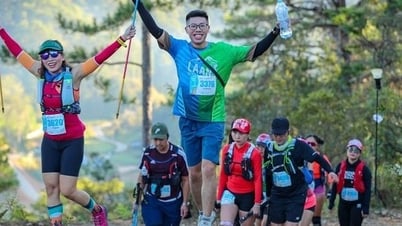

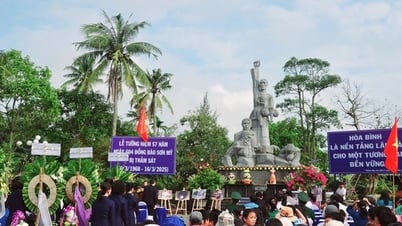





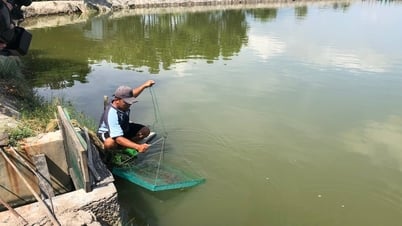

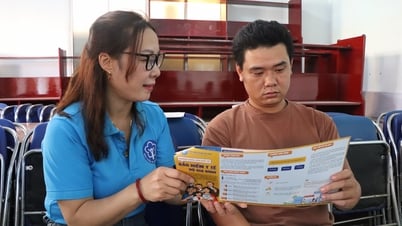
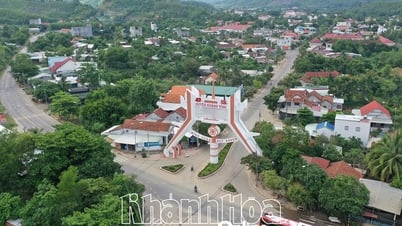
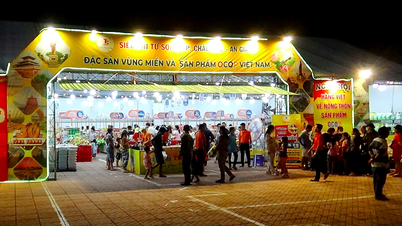



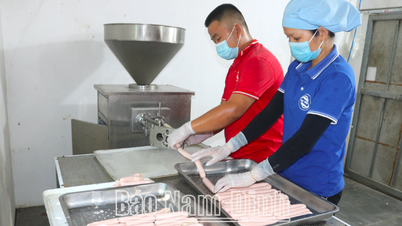

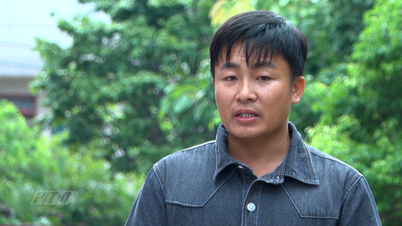
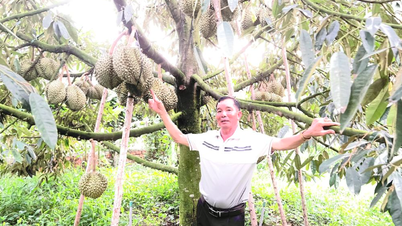


Comment (0)